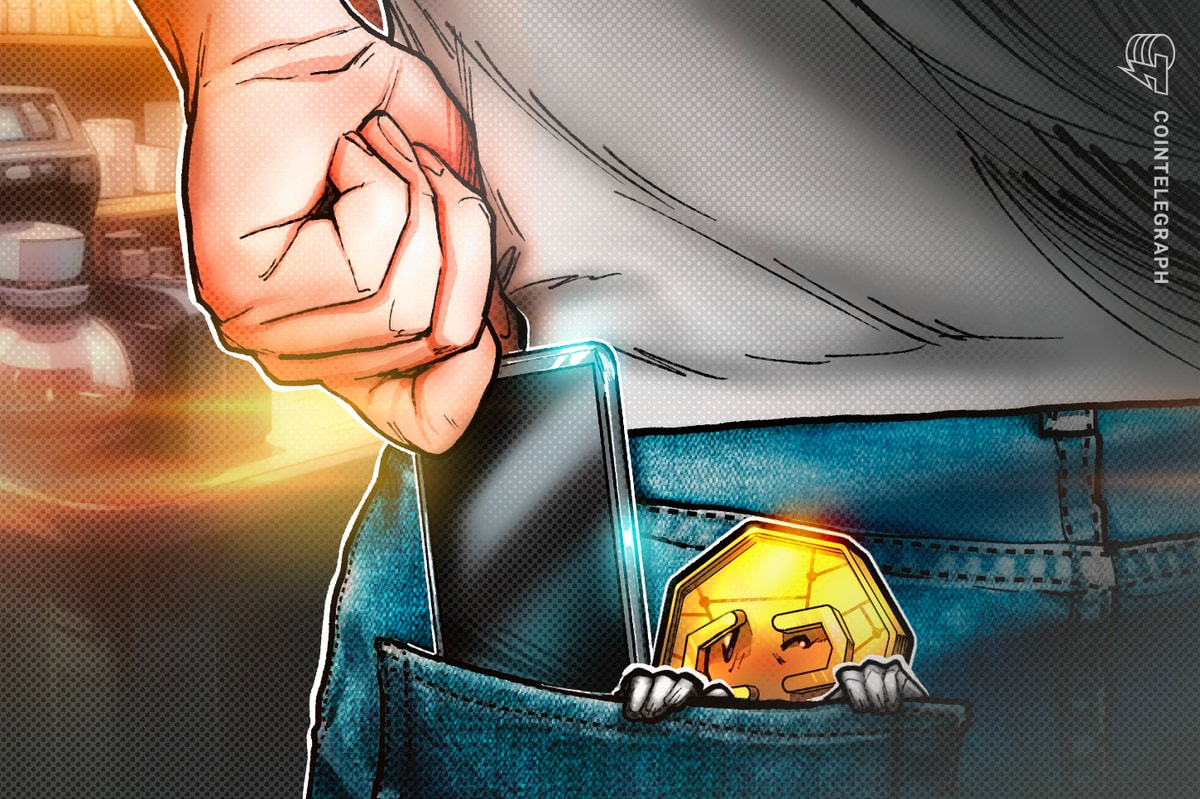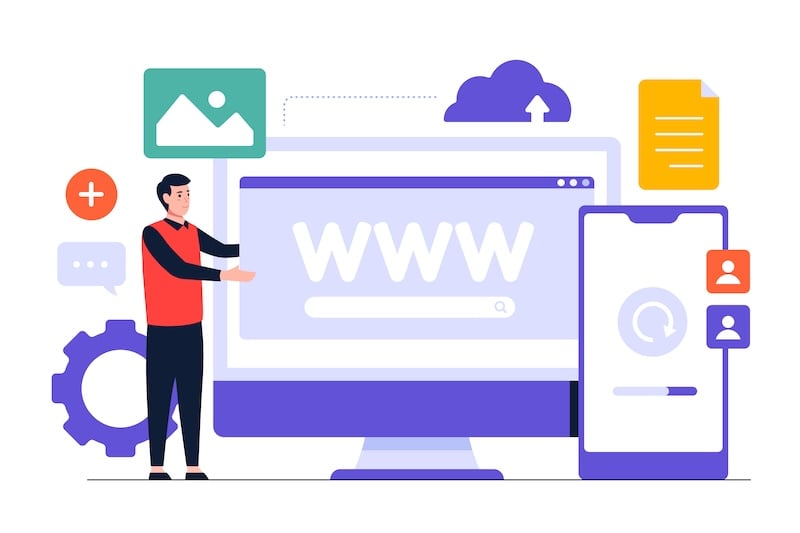You’ve been told your homepage is the face of your business. The digital welcome mat. The starting point of the customer journey.
But that logic is precisely why your conversions are stuck.
Listen up: Static homepages don’t sell. Funnels do because people buy when guided, not when left guessing what to do next.
Let’s talk about why you should stop treating your homepage like a storefront and transform it into a magnetic, conversion-fueled website funnel.
The Problem With the Homepage
Your homepage shows identical content to every visitor, regardless of where they came from or what they need.
The person who clicked your Facebook ad about “small business accounting” sees identical content as someone who found you through a Google search. Your repeat customer gets the same generic pitch as a first-time visitor.
Static homepages can’t adapt or learn. You’ll never know if it’s your headline or contact form placement killing leads. While competitors test their way to better results, you’re flying blind.
When you want to try something new, it becomes a whole project. Edit files, coordinate with developers, and hope nothing breaks. Other businesses test five approaches in the time it takes you to change one headline.
Your homepage just sits there, doing nothing to turn visitors into customers.
Funnels Don’t Confuse, They Convert
A funnel eliminates choice paralysis. It gives your visitor one job, one choice, and one direction.
Consider a website with navigation menus, service pages, blog links, contact forms, and social media buttons. Someone who lands there may not know where to start or what’s most important for them.
A funnel changes that by removing distractions and presenting one clear value proposition with one obvious next step. Instead of showing someone your entire website with navigation menus and multiple options, create a landing page that says “Download our free bookkeeping checklist” with just one button to click. This focused, one-step page becomes a funnel, pulling your visitors further along into a buying decision.
How to Turn Your Homepage Into a Funnel in 6 Steps
Now that you know why funnels work better than static homepages, let’s look at the steps needed to turn your existing homepage into a conversion machine.
Step 1: Choose Your One Main Offer
Pick the service or product that solves your customers’ most urgent problem. This becomes your offer. Don’t try to showcase everything you do. Focus on the one thing that gets people to take action.
For example, instead of “We offer accounting, bookkeeping, tax prep, and payroll services,” try something like “Messy Books Costing You Sleep? Get Our Free 15-Minute Daily Bookkeeping System.” The second version speaks directly to a specific pain point and offers an immediate solution.
Think about what keeps your ideal customers awake at night. That’s your offer.
Step 2: Strip Everything Else Away
This step feels scary, but it’s essential. Remove your menu, ‘About’ section, service pages, blog links, and contact information. Everything that doesn’t support your one main offer has to go.
This likely goes against everything you’ve been told about websites. You’ve heard your site needs to showcase all your services, tell your company story, and give visitors options. But confused visitors don’t convert. Focused ones do.
When someone lands on your page, they should have one clear choice: take your offer or leave. No side roads. No distractions. No, “Maybe I’ll look around first.”
Step 3: Create One Clear Path Forward
Your homepage lets visitors bounce around from page to page. Instead, create one clear path that guides them toward taking action. Every element on this landing page funnel should point them in the same direction.
In a funnel, your headline, images, testimonials, and call to action button all work together to move visitors toward one specific goal. Something that doesn’t support that goal doesn’t belong on the page.
Step 4: Structure Your Page
Your headline should call out your ideal customer’s specific problem. Your subheadline explains how you solve it. One clear button tells them exactly what to do next.
Add testimonials or client logos to build trust. Include one compelling reason why they should act now rather than later, like limited availability or a special offer.
Visitors should understand what you’re offering, why they need it, and what to do next. All within the first few seconds of landing on your page.
Step 5: Create Your Funnel Follow-Up Sequence
What happens after someone downloads your free guide or books a consultation? Don’t get the lead without a plan to turn it into a paying customer.
Build an email sequence that automatically sends helpful content to new leads. Address their concerns, share success stories, and gradually introduce your main offer. Build the relationship first, then sell.
Think of your sequence as continuing a conversation you started on your landing page. You’ve captured your visitor’s attention. Now, earn their trust and guide them toward a purchase.
Step 6: Test and Optimize
Track your conversion rate and test different elements of your funnel. Try different headlines, offers, and button colors. Monitor what works and adjust accordingly.
Set up simple tracking to see how many people visit your page versus take your offer. If you get 100 visitors a month and two sign up, that’s a 2% conversion rate. If you can get that to 4%, you’ve doubled your leads.
Advanced Funnel Strategies That Drive Results
Once you’ve mastered the basics, here are some advanced techniques to take your funnel to the next level:
- Change your offer regularly: Switch up your main offer every few weeks to keep visitors coming back. This creates what’s known as habitual discovery. People return to see what’s new, which keeps them engaged with your business.
- Lead with questions: Instead of “Welcome to ABC Accounting,” try “Tired of Staying Up Late Doing Books?” A good question grabs attention immediately.
- Use stories in your Call-to-Action: Replace boring “Download Now” buttons with “Get the same system that helped Sarah save 3 hours a week on her books.” Stories make your offer feel real and possible.
- Track what visitors do: Pay attention to how people use your site. If someone visits but doesn’t take your offer, show them something different next time. If they download your guide but don’t book a call, send them customer stories instead of more how-to content.
- Focus on what works: Your funnel doesn’t need to be fancy. It needs to reflect how people think. People want to feel understood, avoid mistakes, and experience progress.
- Create real urgency: Give people a genuine reason to act now. “Only five spots available this month” works better than “Limited time offer” with no real deadline. Be honest about why they should act quickly.
Your Funnel Is Your Business
Everything comes down to one simple truth: funnels work because they guide people toward decisions instead of overwhelming them with choices.
Your homepage treats every visitor the same, whether they’re ready to buy or just browsing. A funnel meets people where they are and moves them step by step toward becoming customers.
Your funnel software should make it easy to bring all these pieces together. The platform should allow you to build landing pages, set up email sequences, process payments, and track results without needing multiple tools or technical expertise.
Stop letting potential customers bounce around your website, hoping they’ll eventually contact you. Provide a clear path to the solution they’re looking for.








